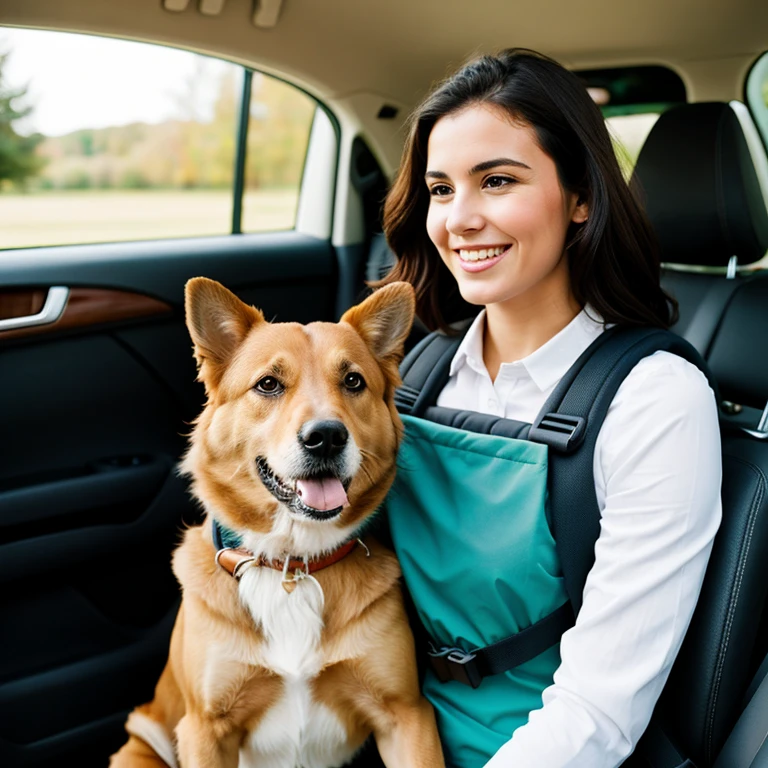Traveling with your pets can be an exciting adventure, but it also requires careful planning, especially when crossing international borders and using various modes of transportation. If you’re planning a trip from the US to Europe with two small dogs, here are some tips and insights to help you navigate the journey smoothly.

Air Travel to Europe
Preparing for the Flight
When flying with pets, it’s important to check the airline’s specific pet policies. Most airlines have a weight limit for pets traveling in the cabin, typically around 8 kg (17.6 lbs) including the carrier. Some airlines, like Delta, do not have a strict weight limit but still require pets to travel in a carrier that fits under the seat.
Carrier Requirements
Make sure your pet carrier meets the airline’s size requirements. The carrier should be well-ventilated, secure, and comfortable for your dog. It’s also a good idea to have a soft-sided carrier, as it can be easier to fit under the seat.
Booking Your Flight
When booking your flight, inform the airline that you will be traveling with pets. Some airlines have a limit on the number of pets allowed in the cabin, so it’s important to reserve a spot for your dog as early as possible.
Train Travel in Europe
Traveling with Dogs on Trains
In Europe, train travel with pets can vary depending on the country and train operator. Generally, small dogs are allowed to travel for free or for a small fee if they are in a carrier.
Italy
In Italy, travelers report that train staff rarely enforce the rule of keeping dogs in carriers, as long as the dog is well-behaved. However, it’s always wise to carry a carrier with you just in case. Some travelers choose to let their dogs sit on their laps or on the floor by their feet.
France
In France, the policy can be stricter. Small dogs in carriers may travel for free, but on some routes, a small fee is required even for pets in carriers. It’s best to check the specific train operator’s pet policy before traveling.
Carrier Guidelines
While on trains, it’s important to follow the guidelines of the specific railway company. Generally, the pet carrier should be kept off the seats and placed on the floor. Some carriers allow the dog’s head to stick out, but this can depend on the specific rules of the train operator.
Documentation
Always carry your dog’s vaccination records, especially proof of rabies vaccination. Train attendants may ask to see these documents. Additionally, some countries require dogs to wear a muzzle on public transport, so it’s good to have one on hand.
General Tips
Carrier vs. Leash
Some travelers have successfully traveled with their dogs on a leash instead of in a carrier, particularly in Italy. However, it’s always safer to have a carrier with you in case you encounter stricter enforcement of pet policies.
Preparing for the Trip
Ensure your dogs are comfortable with their carriers before the trip. Familiarize them with the carrier by letting them spend time in it at home. Bring along their favorite toys and a blanket to make the carrier more comfortable and reduce anxiety.
Pet-Friendly Accommodations
When booking accommodations, always confirm the hotel’s pet policy. Many hotels in Europe are pet-friendly, but it’s best to verify in advance to avoid any surprises.
Conclusion
Traveling from the US to Europe with your small dogs can be a rewarding experience with the right preparation. Always check the specific pet policies of the airlines and train operators you’ll be using, carry necessary documentation, and ensure your pets are comfortable in their carriers. With these tips, you and your furry friends can enjoy a smooth and enjoyable journey across Europe. Bon voyage!







